 |
| On December 6, 1953, the Politburo held a meeting to listen to the General Military Commission's report and final approval of the 1953-1954 Winter-Spring campaign plan, and at the same time decided to launch the Dien Bien Phu Campaign with the determination to destroy this stronghold group at all costs. Photo: VNA |
The glorious victory of the Dien Bien Phu campaign had many causes, among which, the preparation and formation of the battle formation was one of the important and decisive causes and became a unique feature of Vietnamese military art.
Take the initiative on the battlefield
Analyzing the military art and the art of warfare in the Dien Bien Phu Campaign, Major General Pham Duc Lam, Deputy Director of the Academy of Politics ( Ministry of National Defense ) stated that in directing the war in the Dien Bien Phu Campaign, our Party applied and creatively developed the method of Vietnamese people's war, carrying out "all-people, all-out resistance" to defeat a formidable empire with superior economic and military potential.
The skillful combination of guerrilla warfare and conventional warfare has become a unique feature of people's warfare, thereby creating a widespread combat posture, fighting the enemy with many types and scales: from small, isolated attacks by local armed forces and guerrillas in temporarily occupied areas, to concentrated attacks by main force troops in selected strategic areas.
In fact, before the Dien Bien Phu campaign started, we had organized a number of “small” and “elite” main units to attack weak but dangerous enemy directions, destroying enemy forces on the spot and liberating a number of strategic areas, forcing the enemy to disperse its mobile forces in different directions to deal with them. At the same time, by closely coordinating the guerrilla warfare throughout the country with the combat activities of main units at the division and regiment levels on a number of battlefields, we succeeded in holding back and detaining a number of enemy main units.
 |
Our assault units, supported by artillery, attacked Muong Thanh airport. Photo: VNA file |
The strength of the revolutionary forces was multiplied by the strategy of people's war, promoting the strength of the entire nation and of the times. On the battlefield, a large-scale coordination took place, our armed forces and people fought both on the main front and on coordinated fronts behind the enemy.
To gain the initiative on the battlefield, through analyzing and evaluating the strengths and weaknesses of ourselves and the enemy, the motto of "fighting quickly, resolving quickly" will put us at a great disadvantage, that is: our army has no experience in fighting a group of strongholds. Therefore, "fighting quickly, resolving quickly" will not ensure victory. Therefore, we resolutely change the motto to "fighting steadily, advancing steadily" to take advantage of time to transform our forces.
The French colonialists relied on a strong military force, advocating “quick strikes, quick victories”. We advocated “long-term resistance” to develop our forces and destroy the enemy’s plots. With the ideology and determination to fight with certainty of victory, to win each battle with certainty, and not to fight if not sure of victory, a basic principle in directing the Vietnamese revolutionary war.
In terms of strategy, we implemented “treating the hard with the soft”. The Dien Bien Phu stronghold had strong artillery, mechanized and air force firepower. To reduce the enemy’s firepower and promote our firepower, we had to organize and build a system of trenches, a system of attack and siege positions, creating conditions for our troops to deploy and move under enemy firepower; our artillery could be transported close enough to control the airport; anti-aircraft artillery could effectively deal with the French air force.
 |
| Anti-aircraft artillery exerted its power at Dien Bien Phu, causing confusion and disarray in the French army. Photo: VNA file |
With the above tactics, we blocked and eventually cut off their supply and support sources, preventing the French army from taking advantage of their professional army equipped with modern weapons.
To achieve the Dien Bien Phu victory, another particularly important factor was the combat command and staff work, in which the Operations Department - the Central Coordination Agency focused on performing well the role of the strategic operations and staff agency, proactively researching, correctly assessing the situation, organizing and developing appropriate combat plans, preparing for combat carefully, specifically, meticulously, intelligently, creatively advising the Campaign Command to organize continuous combat command.
With a large force, strong firepower, a solid and complete system of fortifications and obstacles, and taking advantage of the terrain, the Dien Bien Phu stronghold was the strongest defense system in Indochina at that time. The French command considered it an “impregnable fortress” and was confident that it would “cause the Viet Minh a serious defeat.”
Based on the analysis of the enemy's plot and our capabilities, the Politburo and the Party Central Committee proposed a strategic combat plan for the Winter-Spring period of 1953-1954: using a part of the main force to launch offensive campaigns in vulnerable but dangerous directions, forcing the enemy to disperse its strategic mobile forces to cope, creating an opportunity for us to concentrate our forces to destroy the enemy in the most advantageous directions; at the same time, step up guerrilla warfare in the plains behind the enemy, taking advantage of the opportunity to destroy a part of the enemy's forces if they attack our free zones.
 |
On April 22, 1954, our army suddenly attacked position 206 and completely destroyed this position, which was the last position west of Muong Thanh airport. Photo: VNA documents |
Implementing the strategic plan, from the end of 1953 to May 1954, our main force carried out offensive campaigns across the Indochina battlefield: Lai Chau campaign, Central Laos, Lower Laos and Northeastern Cambodia campaigns; Northern Central Highlands campaign and Upper Laos campaign... By attacking key directions and closely coordinating with the activities of the army and people in the enemy's rear areas, we destroyed important parts of the enemy's forces, liberated many large areas of land, disrupted the enemy's force deployment, and forced them to split up the strategic mobile block. Before the Dien Bien Phu campaign, 9/10 of the total 82 strategic and tactical mobile battalions of Nava had been dispersed.
From the determination that the French army occupying Dien Bien Phu was beneficial to us, on December 6, 1953, the Politburo met to approve the combat plan and decided: Concentrate the majority of the elite main force to launch an attack campaign to destroy the Dien Bien Phu stronghold, liberate the Northwest, and create a new change in the war situation. The campaign was codenamed "Tran Dinh".
By proactively adjusting combat methods and preparing for combat carefully, specifically, and meticulously, as a result, after 56 days and nights of continuous fighting, our army and people destroyed the entire Dien Bien Phu stronghold, liberated a strategically significant area, dealt a decisive blow to the French colonialists' invasion plot, turned the tide of the war, and created favorable conditions for our diplomatic struggle to end the war.
The largest-scale offensive campaign in the resistance war against France
 |
| Our troops rushed to capture the Him Lam base, opening the Dien Bien Phu campaign, on the afternoon of March 13, 1954. Photo: Document/VNA |
Major General Le Van Dang, Deputy Director of the Operations Department, General Staff, said that in terms of military art, the Dien Bien Phu campaign was a strategic decisive blow, the largest-scale offensive campaign in our resistance war against the French. For the first time, we concentrated a large main force to destroy the enemy defending in the strongest group of strongholds at that time.
To achieve victory, we successfully and creatively solved many problems of military strategy, campaign art and tactics, the outstanding feature of which was proactive creativity, fighting in the way we chose, forcing the enemy to passively respond, limiting their strengths of large numbers, strong firepower, and high mobility. The Dien Bien Phu campaign is an outstanding example, the pinnacle of Vietnamese military art in the resistance war against France, demonstrated in all three areas: strategic command, campaign art and tactics.
Strategically, we broke Nava's plan to concentrate strong mobile forces, disrupted the enemy's deployment on the battlefields, and created a strategic decisive point on an advantageous battlefield to concentrate strength to gain decisive victory for the war.
In terms of campaign art, we soon formed a siege, attack and siege posture, increasingly tightening each cluster of strongholds and groups of strongholds, dividing the enemy's chain; concentrating our superiority in troops and firepower, fighting with certainty to destroy each part of the enemy's vital forces, destroying each peripheral stronghold and cluster of strongholds, "peel off" from the outside, gradually threatening and destroying the enemy's most important areas, winning a decisive victory.
 |
| On May 7, 1954, the historic Dien Bien Phu campaign ended in victory, the entire enemy stronghold in Dien Bien Phu was destroyed by our army, the "Determination to fight, determination to win" flag was flying on the roof of General De Castries' bunker. Photo: VNA file |
In terms of tactics, our army's siege warfare was formed and developed from attacking a cluster of strongholds in the Northwest campaign (1952), to attacking a group of strongholds in the Dien Bien Phu campaign. We successfully organized large-scale combined arms siege warfare, using large artillery pieces deployed in fortified positions, practicing artillery preparation, suppressing enemy artillery positions, providing direct support to create conditions for infantry to charge; conducting long-term defensive battles, holding newly occupied positions to create a springboard for the next attack; creating the siege warfare, a form of development of siege warfare in the condition that we directly attacked and contacted the enemy when the comparison of forces did not allow for large-scale attacks to immediately destroy the enemy.
The Dien Bien Phu victory demonstrated the skillful, correct and wise leadership and direction of the Communist Party of Vietnam and President Ho Chi Minh; it was the result of the art of people's war, knowing how to take advantage of opportunities to turn difficulties into advantages to gain victory. The Dien Bien Phu victory became a "golden milestone" in the history of the Vietnamese nation, the pride of the nation and the national liberation movement in the world. Today, we need to continue to study more deeply and carefully the historical value and military art in organizing, preparing and conducting combat operations, and creatively applying them to the practice of war to defend the Fatherland in the new situation.
Source



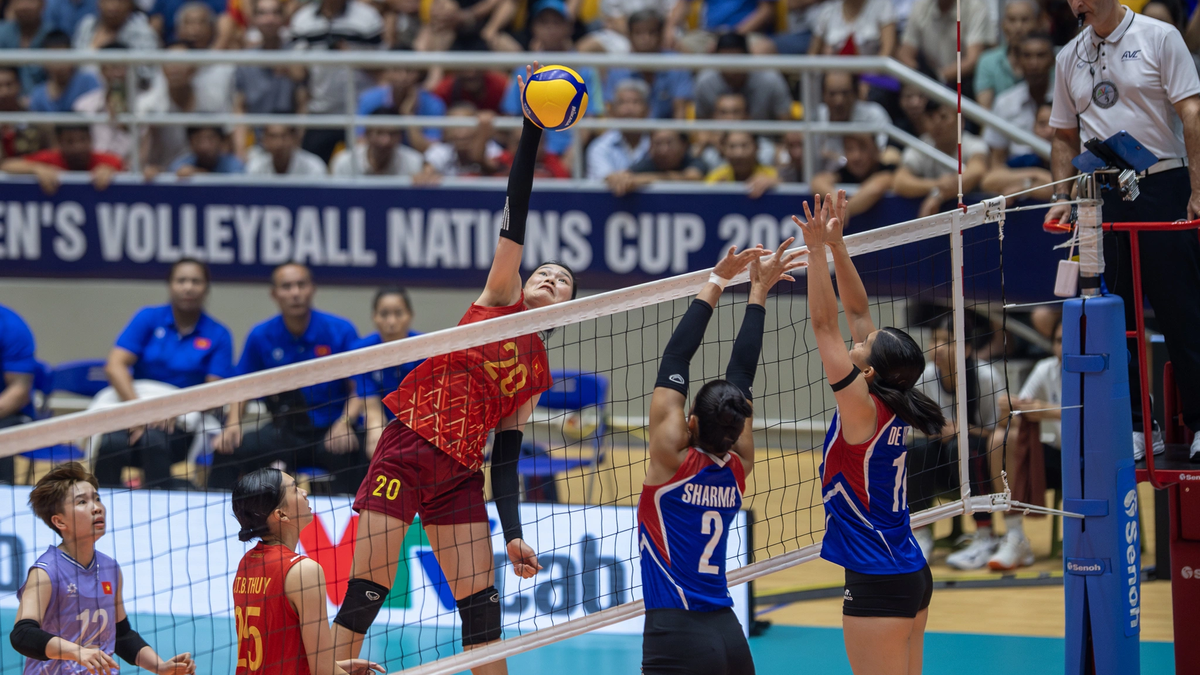

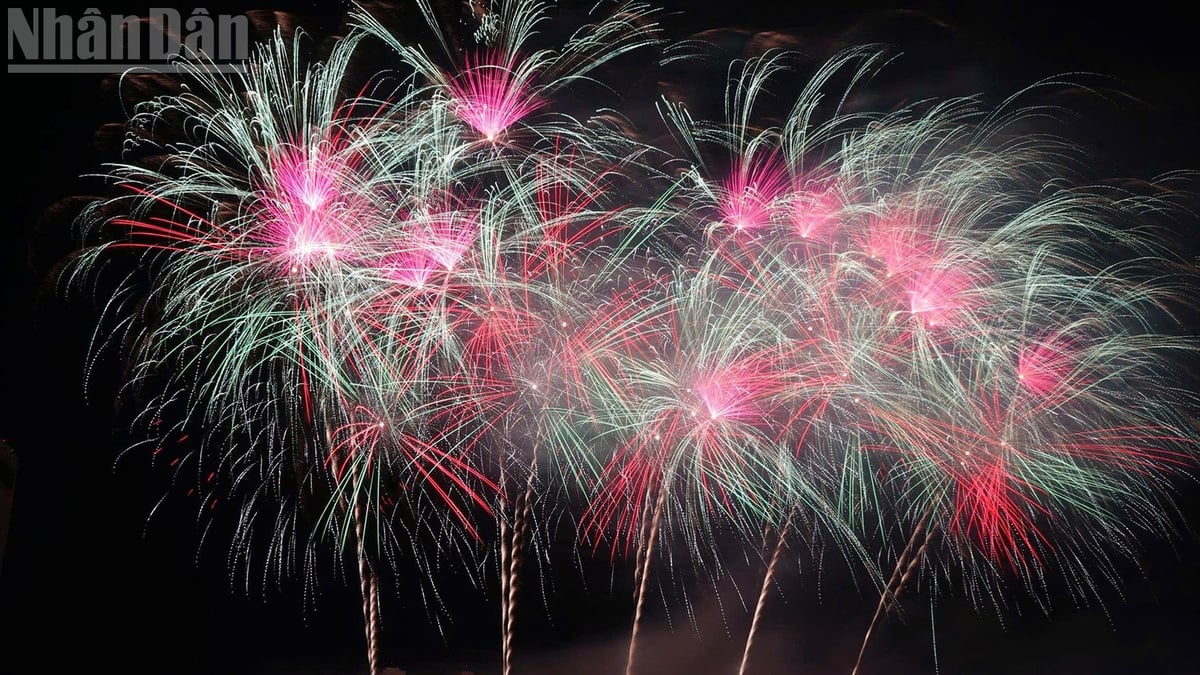
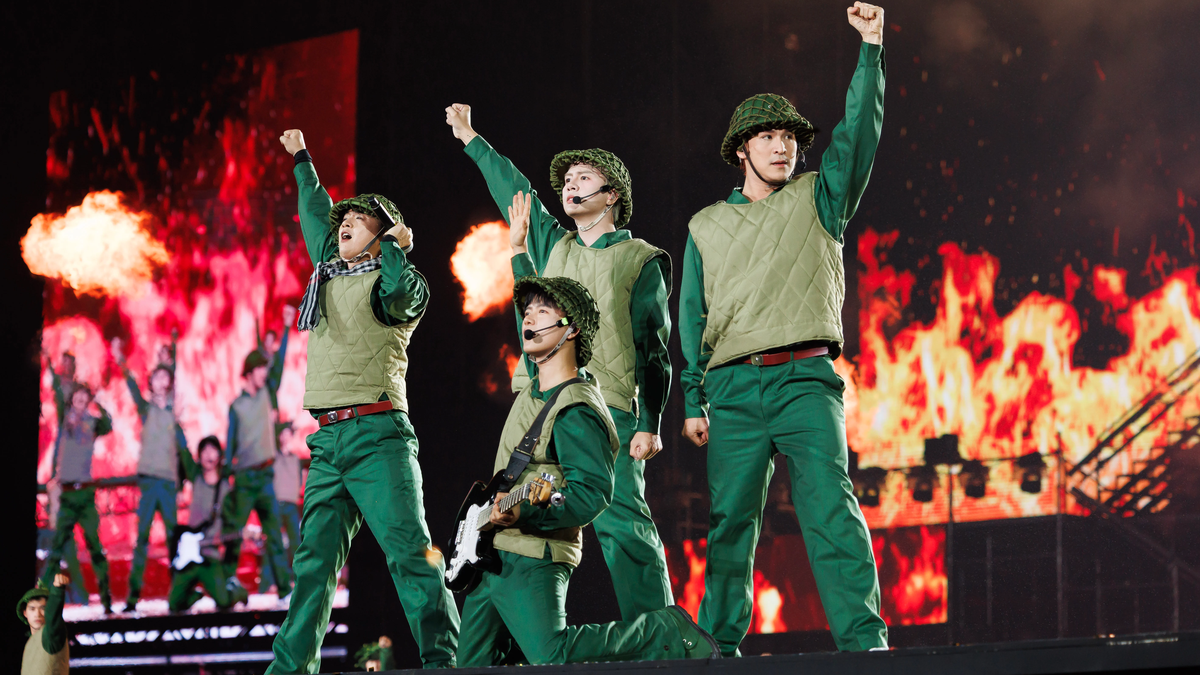



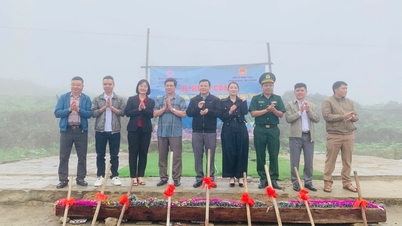
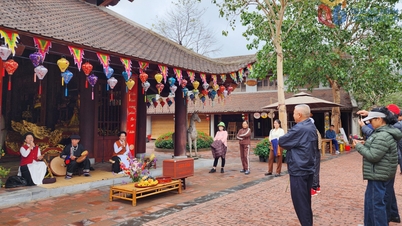


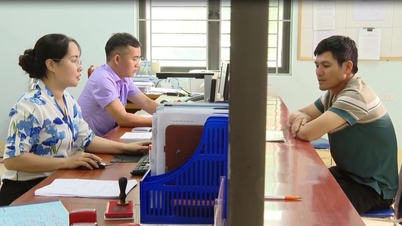
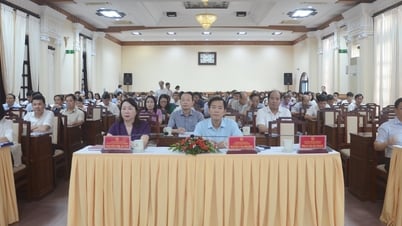


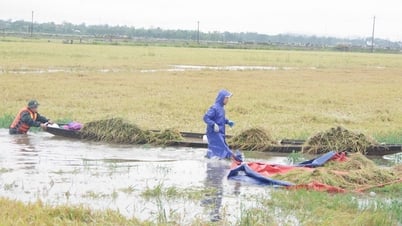

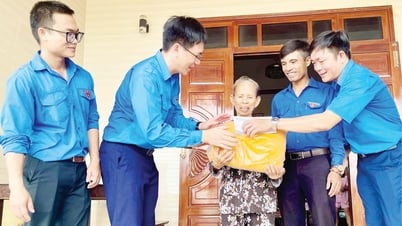






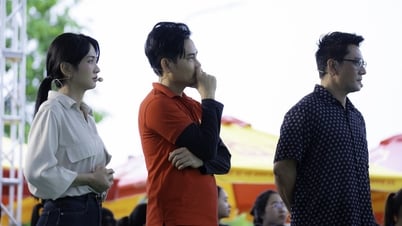
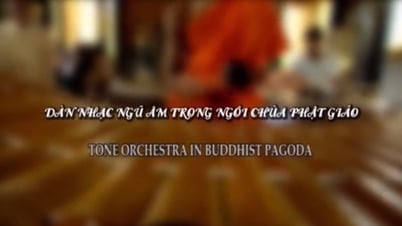


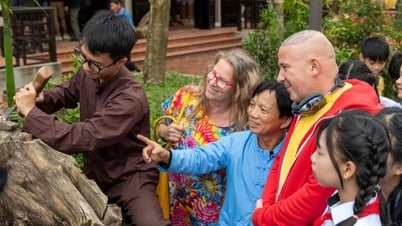











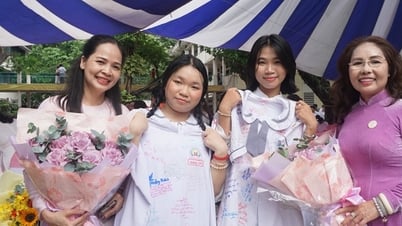
















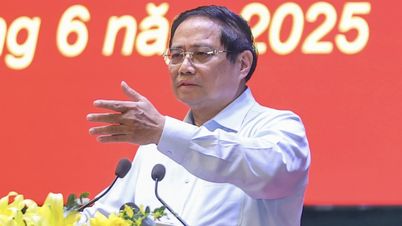
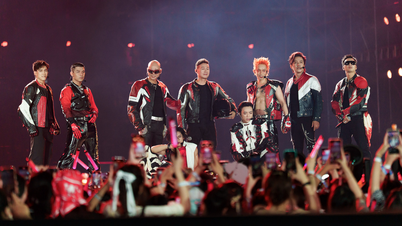


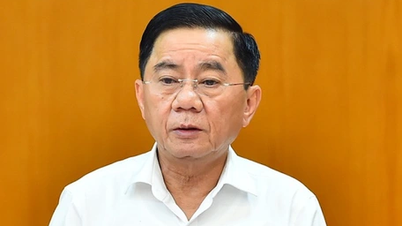
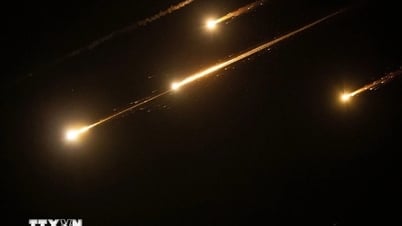
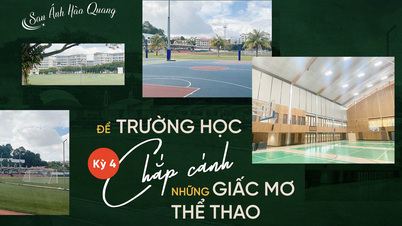


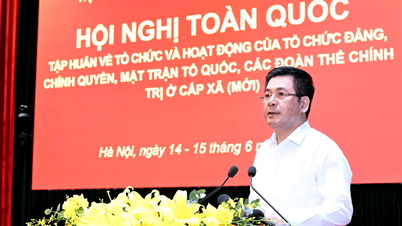






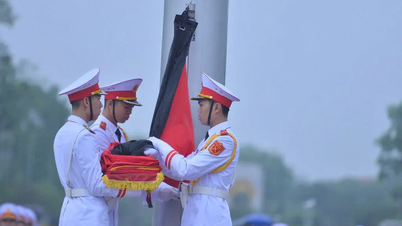

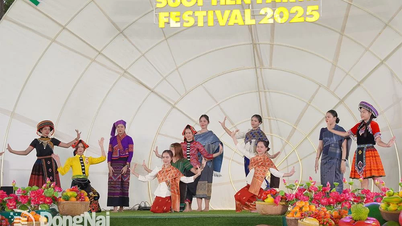

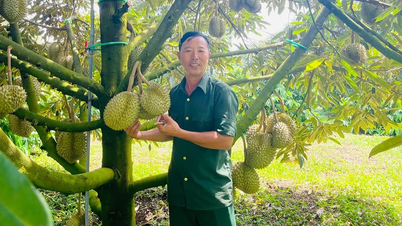

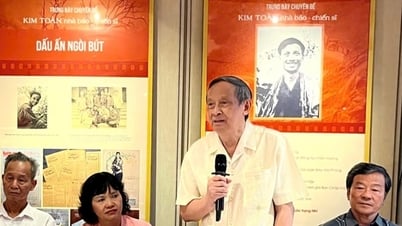

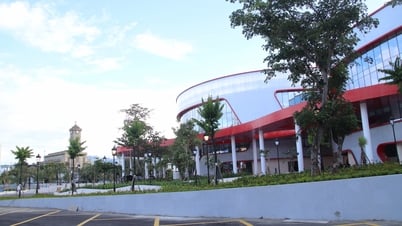













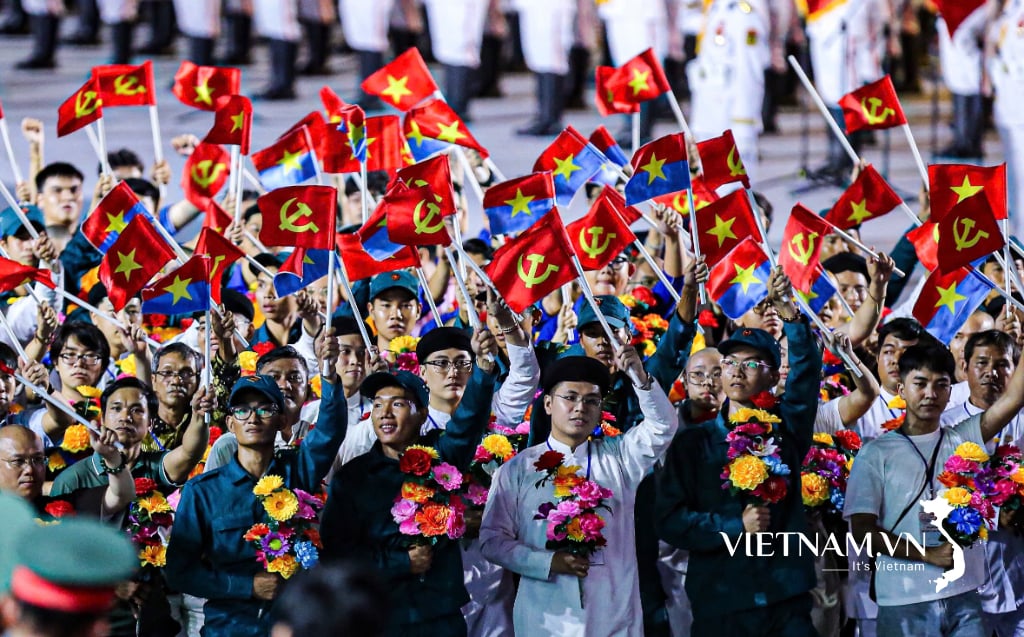
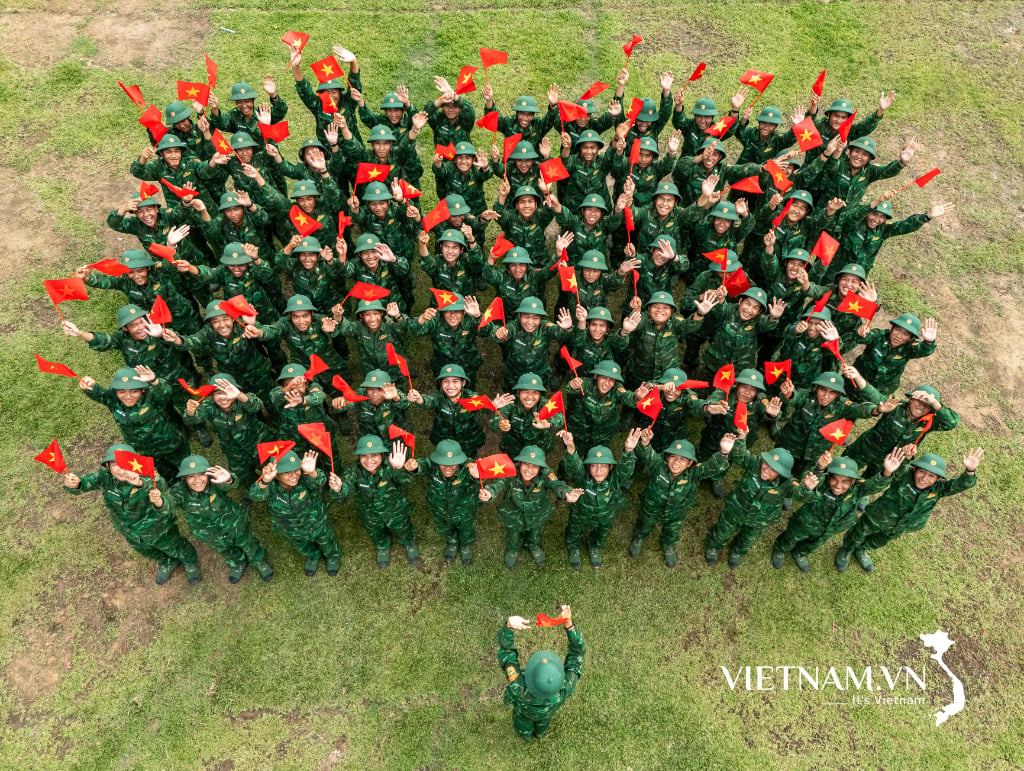
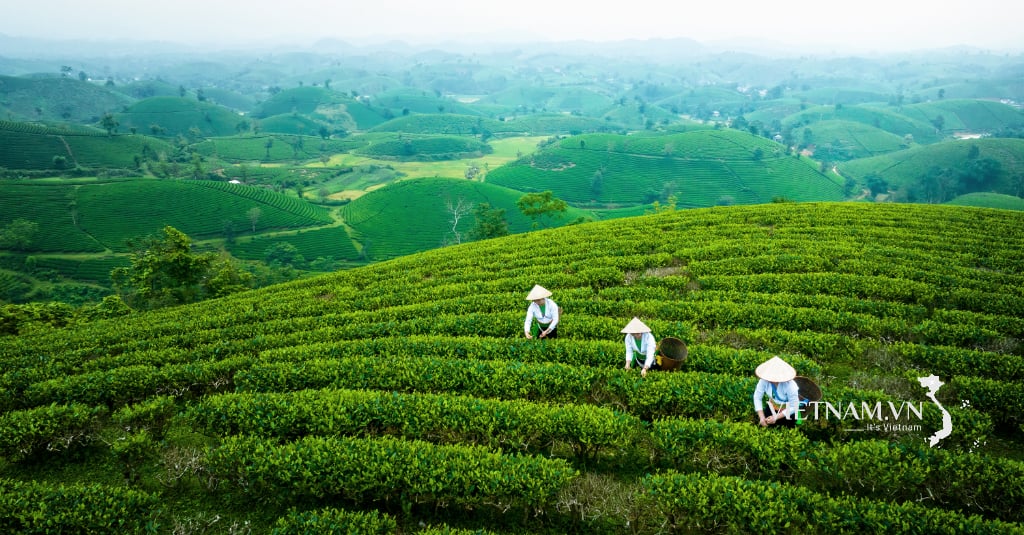
Comment (0)